For runners, foot blisters can be so frustrating, especially when they occur during a race event. Almost every runner has had at least one run ruined because of a painful foot blister. In warm weather conditions or due to newly purchased runners shoes, it is more likely to experience painful blisters. What to do when you have a blister? Or better, how to prevent these annoying “skin bubbles”.
Signs and symptoms of foot blisters
You’ve probably seen foot blisters before. They are small pockets of skin filled with serum, a clear fluid, or with blood or pus when they are inflamed. A blister usually forms in the upper layers of skin after it’s been damaged. This “fluid bubble“ protect the underlaying tissue from further damage.
They can appear anywhere on your foot but appear mostly at areas where shoes or socks cause most rubbing, such as toes, heel and ball of the foot. Some are painless, but others can be so painful to make you stop your run. Sometimes you find out that they have burst already.

What causes blisters?
Blisters can be caused by:
- friction to the skin
- heat (for example from sunburn)
- contact with chemicals
- medical conditions
Runners blisters are caused by friction. Mostly caused by your socks or shoes, when they are not completely seated well and therefore cause an extra rub against your skin. During the first miles you will not be bothered by the rubbing, but the longer your skin is exposed to that friction, the more likely it is you will develop a blister. Excessive moisture due to sweaty feet or wet conditions make your skin softer and therefor extra prone to friction.
Strikingly enough, most blisters occur in warm weather conditions, especially during the longer running races. During competitions, you usually run longer distances than during training sessions and you probably also run a bit faster than you would normally. Longer distances and higher pace both increase the amount of friction at your feet. And during a race, you might get your feet at the beverage stations, when you throw some water over your face and head to cool down. Wet socks cause extra friction in your shoes. Whatever caused your blisters, once you have them, continuing the run is quite a challenge.
How to treat blisters yourself
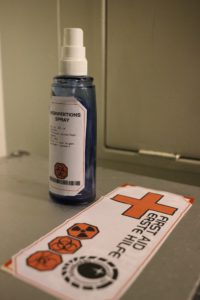
Best thing to do is : leave your blisters alone! Most blisters heal naturally after three to seven days and don’t require medical attention. It’s important to avoid bursting the blister, because this could lead to an infection which slows down the healing process. If the blister has burst, don’t peel off the dead skin. Instead, allow the fluid inside the blister to drain. The skin serves as protection from infection. You can cover the area with a dry, sterile dressing to protect it until it heals.
If you have an annoying foot blister when you’d like to continue your run, but it is painful or at risk of bursting on its own, you can choose to drain it while leaving the skin intact. First of all wash your hands well with soap and clean the affected area with an alcohol wipe or spray. Use a sharp thin needle after you’ve sterilised it by wiping it with rubbing alcohol or boiling it for five to 10 minutes in water. Carefully pierce the blister at points around its edges. Gently press the fluid out and use an antiseptic cream on it. Cover the area with a sterile product such Band-Aid Blister Block or moleskin to protect against infection and provide cushioning.
Some runners put the needle into a fire flame to sterilize it, but it is better not to do so. The carbon particles that end up on the needle can cause extra risk of infection when they end up in the blister.
Change the bandage daily and check the blister for signs of infection such as redness and pus. See a doctor if you see any signs of infection. If you have diabetes, you are more at risk of an infection and you will need to take extra care.
When you’re running in a race, and you develop a painful blister, don’t try to pop it yourself, but stop at the next medical station. They’ll be able to properly treat your blister and get you back in the race pretty quickly.
When to see your GP for blisters
In most cases foot blisters caused by friction, do not need a treatment by a medical doctor, but if you have blisters that became infected, very painful or keep coming back, it might be a good idea to see your GP. An infected blister is filled with yellow or green pus and may be painful, red and hot. Your GP might prescribe you an antibiotic treatment for it.
How to prevent blisters
Prevention is better than cure. Take good care of your runners feet. Use these tactics to prevent foot blisters:
- Wear well fitting runners: Your feet will swell when you run, so your running shoes should be at least a half of a size bigger than your daily “normal” shoes. It is important to have a little room to move your toes in the front of the shoe. Go to a professional runners store to have your feet and movements measured and to get the best advice. Not only will good fitting shoes prevent foot blisters, but wearing the right shoes will also support the prevention of other runners in juries.
- Wear good quality running socks:Socks made of synthetic fibers instead of cotton, are highly recommended, because they lead moisture away from the skin. Find socks with a smooth surface and no seams, like Wright Socks. Running socks are anatomically shaped, which helps to prevent the sock from wrinkling and causing friction. Some runners wear double layered socks or sometimes two pairs of socks, because this causes friction between the socks and less between the sock and the skin. In that case, make sure your shoe size still allows you to have enough room for toe/foot movement.
- Keep your skin smooth with creams and lubricants: Use a moisturizing cream to keep the skin of your feet smooth and hydrated. Before running, you could also use a lubricant such as Gold Bond Friction Defense or Vaseline on problem areas. Don’t overdo it with the grease as too much can allow your foot to slide in your shoes.
- Tape or Pads: Some runners put Moleskin or athletic tape as a preventive measure over those areas on their feet that are prone to blisters as this will reduce the friction between foot and sock/shoes. If you’d like to try this, just make sure the moleskin or tape is applied smoothly, with no wrinkles and it is not too tight.
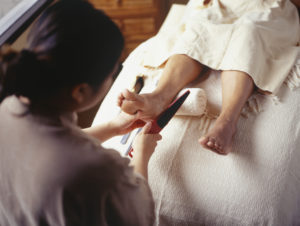
- Don’t remove all your calluses: If you go for a pedicure treatment, ask her/him not to remove too much of your calluses. Callused skin serves as a natural protection for your feet.
Running and blisters are simply not a good combination. I hope this article can help you to prevent or treat those annoying and painful “bubbles”. I wish you MoreFun2Run without them. If you have additional tips or if you have any questions, please send me an e-mail at an*******@*********un.com or leave your comment on this page.

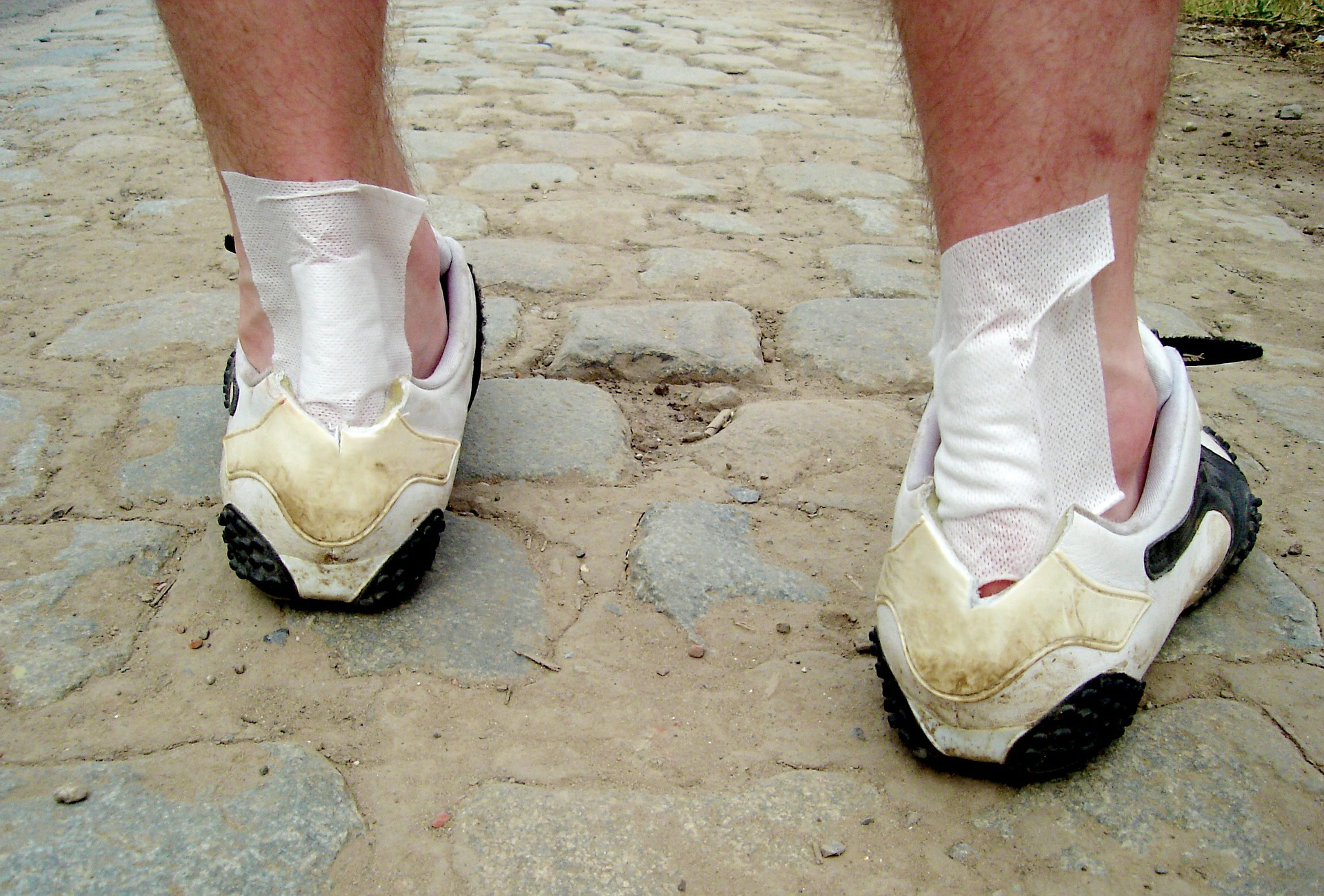

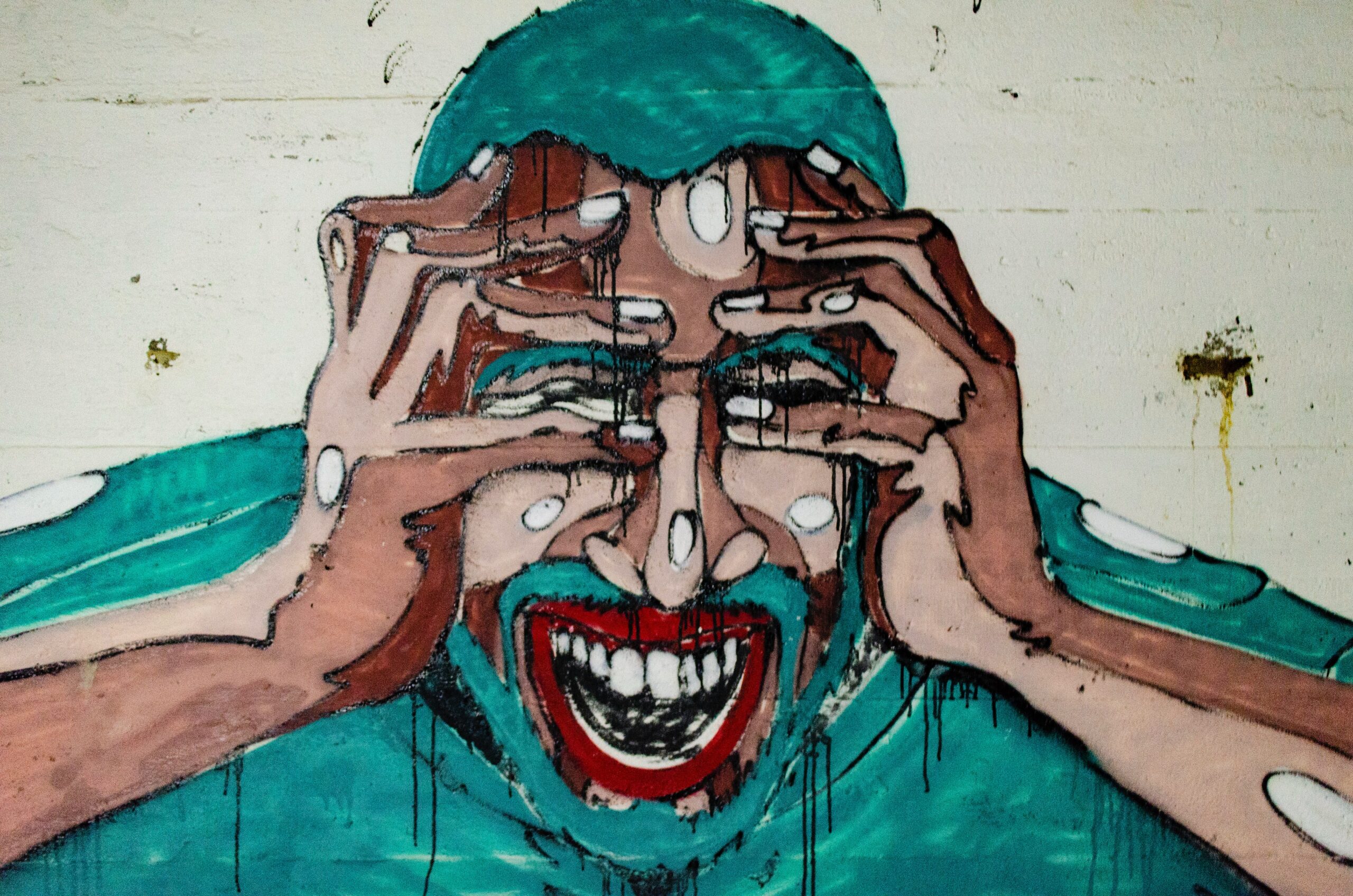
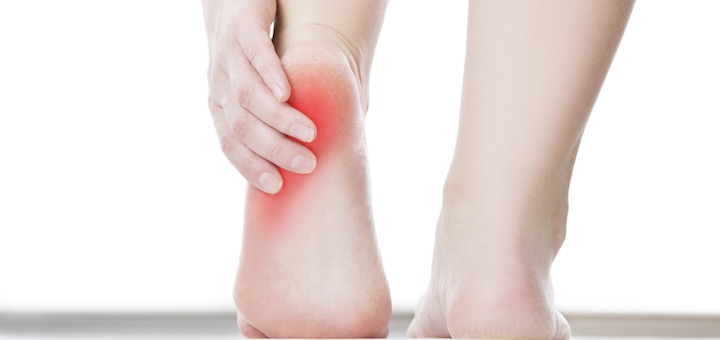
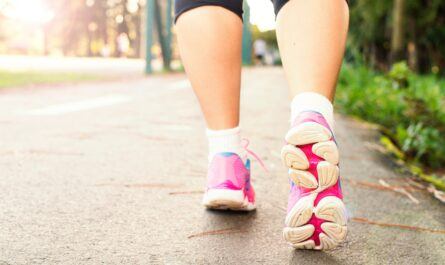
Helpful post. I do get blisters but not necessarily from running but from wearing boots and walking a lot. I did not know about special socks which can help to prevent blisters. I thought all socks are the same. Thanks for the information
Great Article!
I for one am very prone to blisters, and although I’m not a runner I’ve had many nature hikes ruined by them.
I loved your point about not sterilizing the needle with fire! There are so many better and equally convenient ways to do it!
Thanks Brenda! MoreFun2Hike for you then! 😉
Great post! I can relate to this from my running days when I used to do a lot of training for my football (soccer) and entering cross country runs and remember getting these blisters half way through running, not nice! I did eventually spend the extra money in getting some decent trainers from a professional running store where they measured me up properly and wow they are the best comedy trainers for running I’ve had! In fact i still have them now 8 years later!!
Thanks for your comment Lee! Hope your runners are still ok, because after a certain amount of runs/time they might still look in good condition but in fact the shock absorption will go down. So please if you exercise a lot invest in a new good quality pair.
Hi Angelique. When I used to run and wore normal socks, my feet would burn so easy it was always 100% certain I would get blisters. I guess they were cotton socks.
Well I see football players wearing pads all the time, but I guess those are different from those for running.
I am currently not running but If I get myself a treadmill, I might start again so it was good for me reading your article.
Thanks for the informative read. Have a beautiful day.
Good luck when you start running on the treadmill. Let me know how it goes! Thanks for your comment!